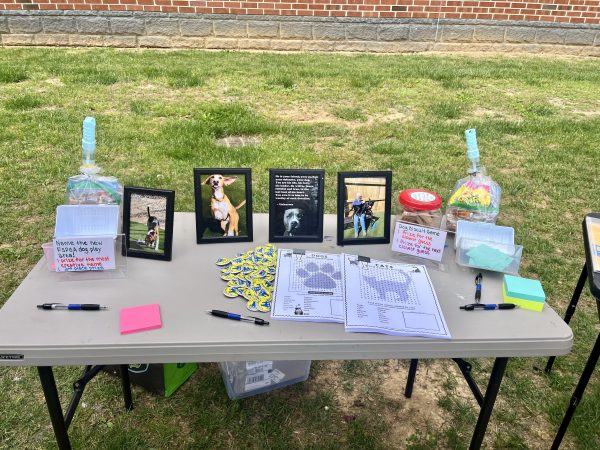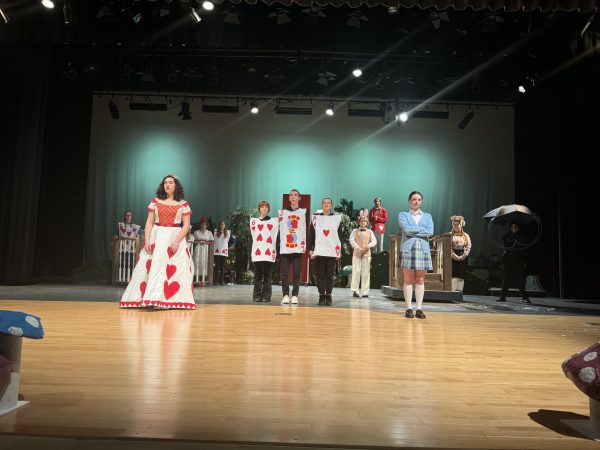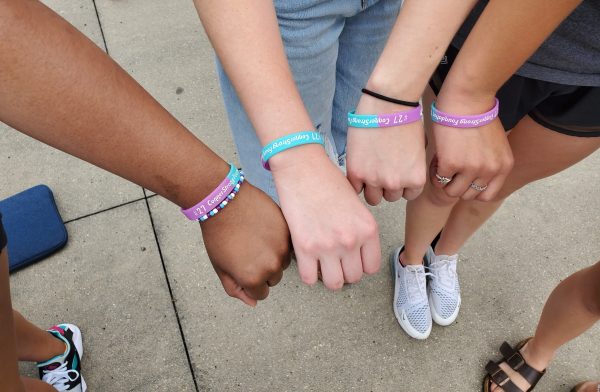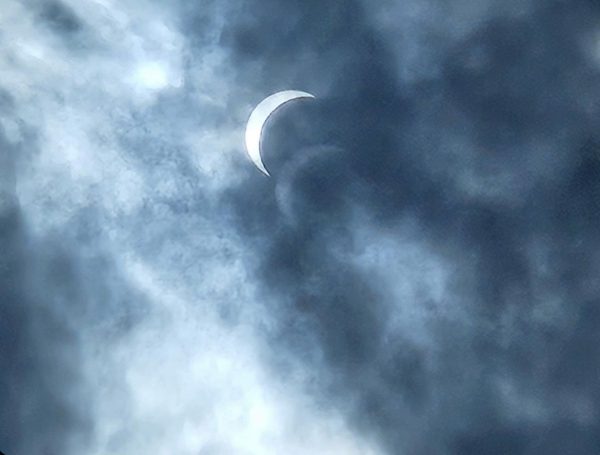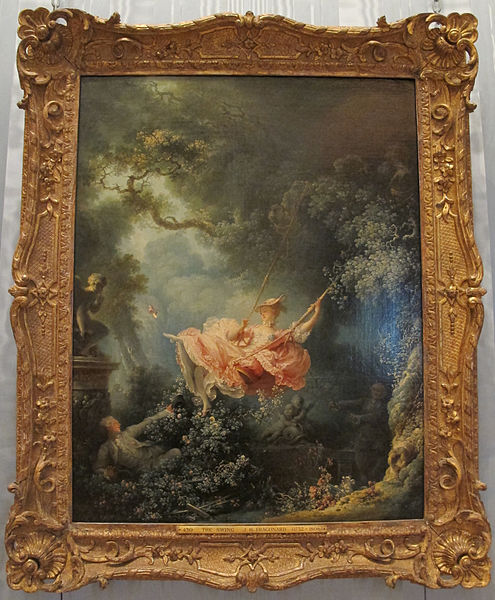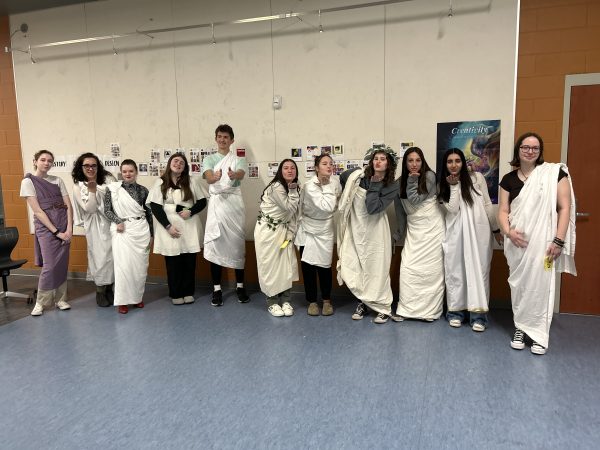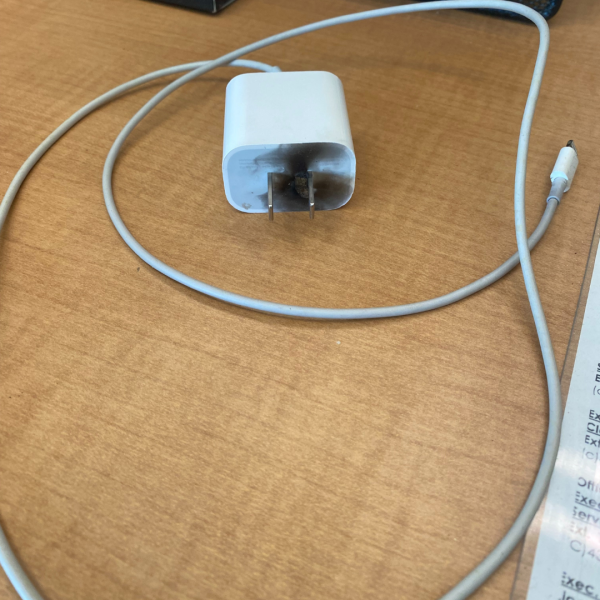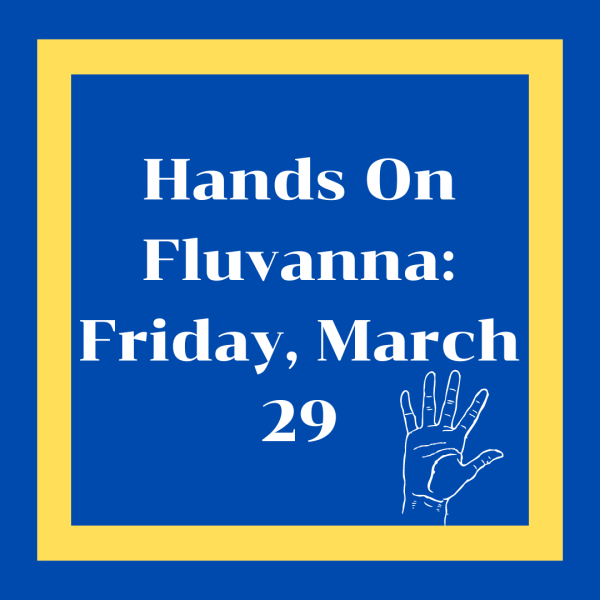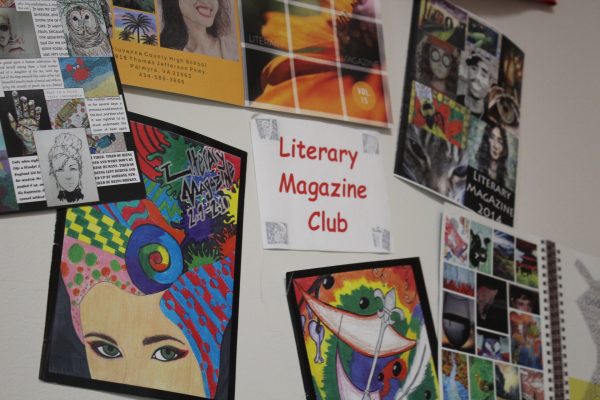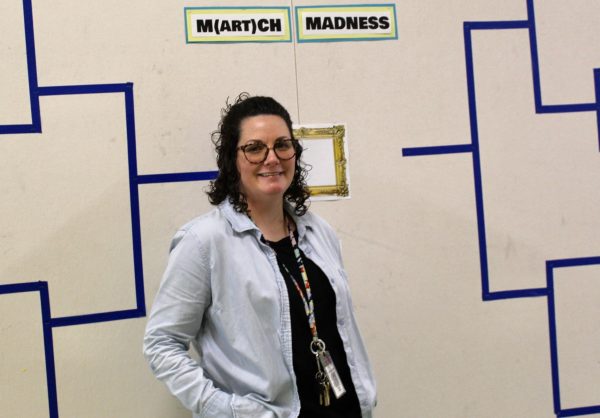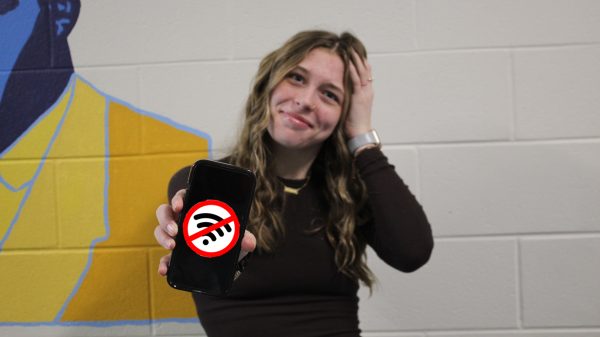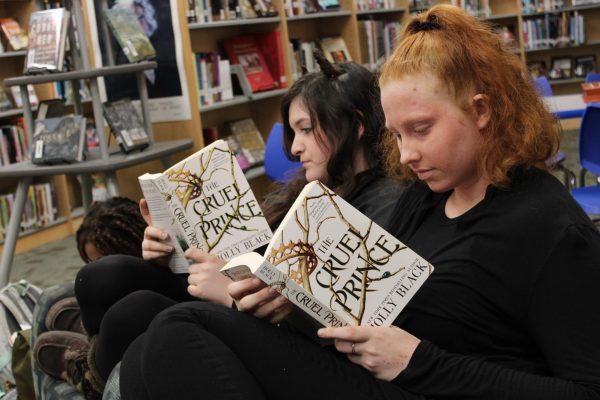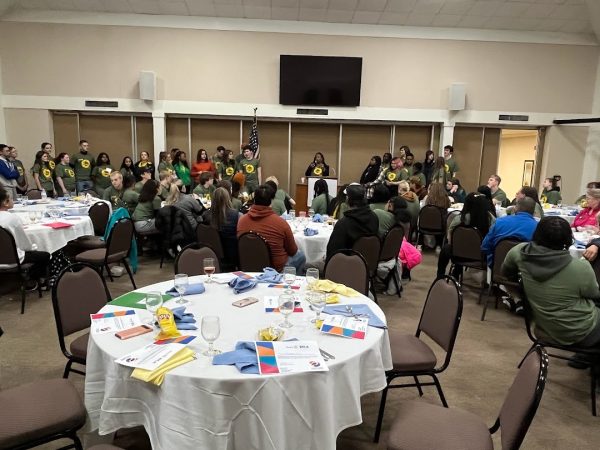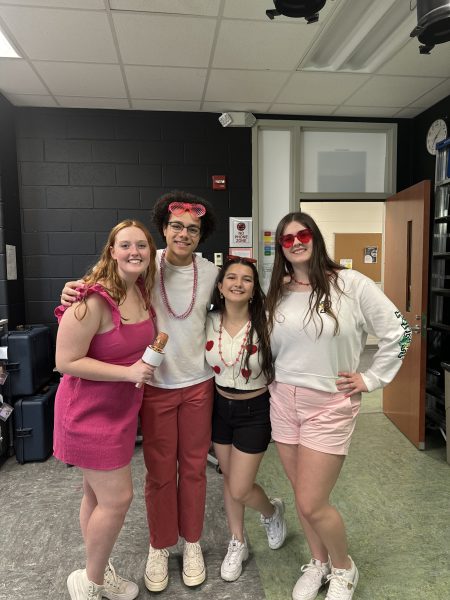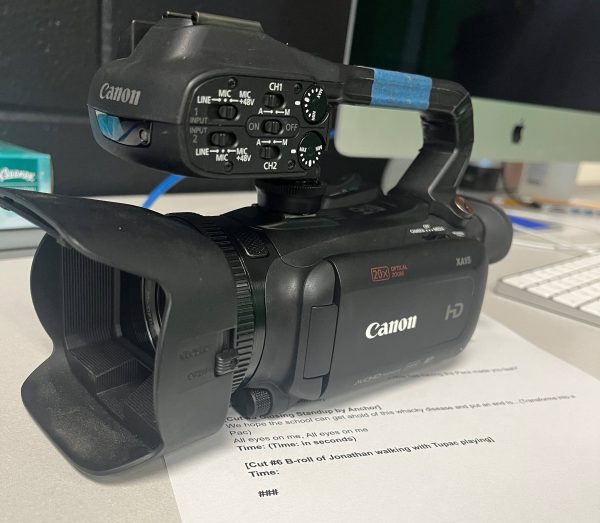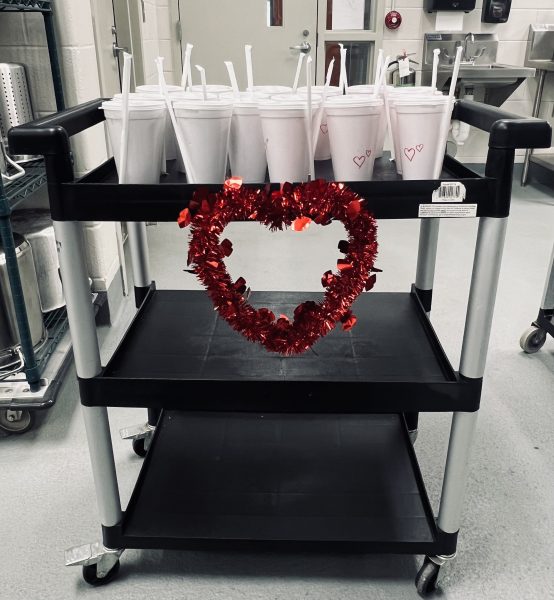Stressed About the Dress Mess?
Fluvanna County High School was lucky enough to catch a “snow” day on Feb. 26, but the snowy day didn’t revolve around the usual color white. This time it was all about the black and blue…or maybe the white and gold. The social media controversy of “the dress” enraptured many people on their day off, but the matter didn’t just concern locals; it turned into an international debacle that seriously calls into question what does—and should—make news.
The phenomenon of the dress took the world by storm on Feb. 26 when a random woman posted a badly-lit photo of a $77 dress on Tumblr, asking the question “What colors are in this dress?” Within hours, intense arguments were sparked worldwide over whether the dress was blue and black or white and gold. For some unknown reason, different people see different colors when they look at the same dress. According to a Buzzfeed quiz, 74% think the dress is white and gold, while 26% say it is blue and black.
Some thought people couldn’t possibly be looking at the same thing. “I think it’s a hack and it is two completely different dresses,” said FCHS senior Travis Moe, who saw the dress as white and gold. Some thought there must be some psychological reason for the different perceptions. For example, Twitter member @BradThatLadLong said “scientists have proven that when there is a big event in your life that is having a negative effect on you, your sighting of colors may vary and that is why some viewers are seeing black and blue.” Such “proof” is questionable, but articles in media ranging from the Wall Street Journal to the New York Times cited scientists who offered convoluted explanations for the phenomenon, which included factors like lighting and differences in how individuals perceive color.
Others kept the controversy going with jokes, including the following:
Someone please photoshop a llama into that dress so the Internet can explode and kill us all
I heard that #TheDress debate has already destroyed 18 relationships. These people probably shouldn’t be breeding anyway.
Soon, what started as a simple social media sensation morphed into an international concern. The “dress” story has since made an appearance on literally hundreds of major news sources, including the National Post, the New York Daily News, CNN, and even National Geographic.
But perhaps a bigger question than what color ones sees should be this: Why on earth did this story make international news? Why are people so concerned over such a seemingly trivial topic?
This is a question that baffles the minds of most inquisitive citizens. To me, this goes to show just how big a role social media plays in modern society and also the level of stubbornness in most people. Virtually everyone who saw the dress was convinced they were right and everyone else was wrong, and they couldn’t stand to believe that someone could just see things differently. People became obsessed with proving that whoever saw the dress differently from them was seeing the dress wrong. Social media sites such as Twitter provided the perfect outlet to attempt to do that. Were social media not such a prevalent part of today’s world, the story probably would have died very quickly…or not even started in the first place.


